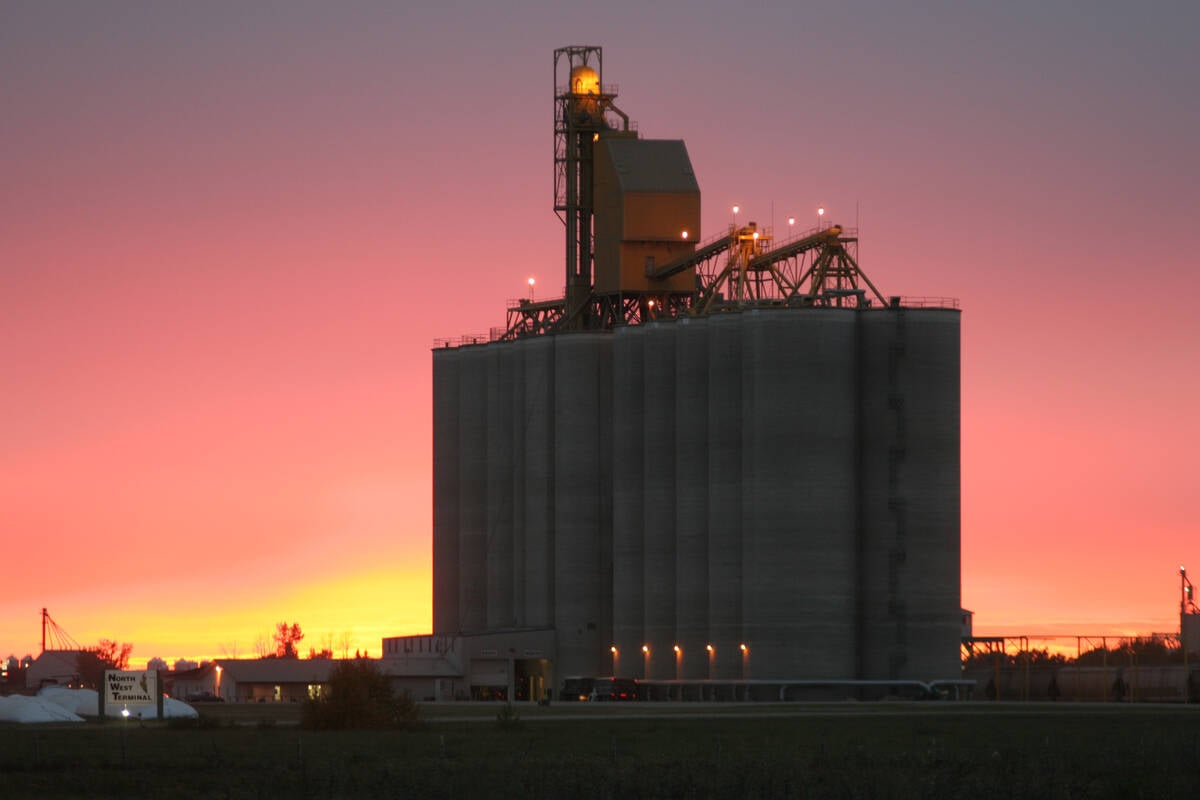Retired plant breeder Al Slinkard is content to grow traditional garden crops in his city backyard and leave the chores of the family’s mixed farm outside Saskatoon to his son.
The former plant breeder with the Crop Development Centre at the University of Saskatchewan is best known for helping change the landscape of farm fields across the West.
He is behind the development of Laird, an extra large-seeded, late-maturing lentil; Eston, a short, small-seeded early maturing lentil and Indian Head, a green manure lentil.
This day, the man often dubbed Mr. Lentil chews on a toothpick while motioning to a letter heralding his latest accolade, an admission into the Canadian Agricultural Hall of Fame.
Read Also

Bunge to acquire North West Terminal Ltd.
Bunge plans to buy the assets of North West Terminal in Unity, Sask.
At 72, he looks back at an upbringing on a northern Idaho farm that produced an award-winning pig and helped finance his university education in genetics and plant breeding.
He credits a high school teacher with pointing him in the direction of agriculture. He worked as a university professor on breeding peas and grasses.
An allergy to grass pollen was the impetus behind a change of country and research focus. He left the University of Idaho for the U of S and work on peas at the newly minted Crop Development Centre in 1971.
“I saw vast potential up here and the rest is history,” said Slinkard, citing the three million acres in chickpeas grown in the West in 2000, from about 50,000 acres in the 1970s.
“That’s a hell of a lot of peas.”
Slinkard also saw lentil acres grow with the release of his variety, Laird. It grows on more than a million acres on the Prairies, principally in Saskatchewan.
Lentils respond well to a little water delivered at the right time, he said, noting yields are half of peas but prices are two to three times higher.
Citing dry conditions in Saskatchewan recently, Slinkard noted the potential to plant strips of lentils at the perimeter of fields to deter grasshoppers. He said more research is needed to determine what compound in these plants keeps the insects away.
In retirement since 1998, the father, grandfather and great-grandfather developed two varieties of coriander, three varieties of fenugreek and one of dill. Slinkard has now turned his attention to the creation of a specialty crop company.
He noted the health benefits of fenugreek, used in imitation maple syrup products and on his hot cereal every morning.
Slinkard is especially proud of identifying plants suited to the Prairies and creating new crops for farmers to grow.
The newness of the plants made it an easier sell to farmers, he said. A checkoff for pulse growers also paved the way through further research, development and marketing.
“If I had to go into areas of what they were already growing, it would be harder to change practices,” he said.
Ray Cooper, a farmer at Laporte, Sask., served on the Pulse Crop Development Board when Slinkard was an adviser. He credited Slinkard’s research with having an impact on the pulse industry that will not soon be repeated.
“He basically took no pulses to a major crop,” he said.
Slinkard was a highly regarded researcher in the industry around the world and a character to those closest to him.
Cooper recalled Slinkard’s cluttered office and a farm kitchen lined with plants he was studying or a pig carcass he was cutting.
He wore a fur hat and drove a large Chrysler with a faulty heater. The car was always teeming with papers and once even had a bale of hay in the trunk for his cows.
He said Slinkard has a keen sense about what lies ahead.
“Al seemed to have some sort of intuition as to what we should be doing down the road. Most of the time he was right,” said Cooper.
Among his current predictions, Slinkard pointed to the next big wave in value-added processing with wheat and barley within 10 years, and the removal of barley from the Canadian Wheat Board within five years.
He also predicts the development of ascochyta-resistant varieties will lead to increased pea acreage within five years.
Slinkard played down his role in the evolution from grain to alternate crops on the Prairies, saying it was inevitable.
“I just sped up the process.”














